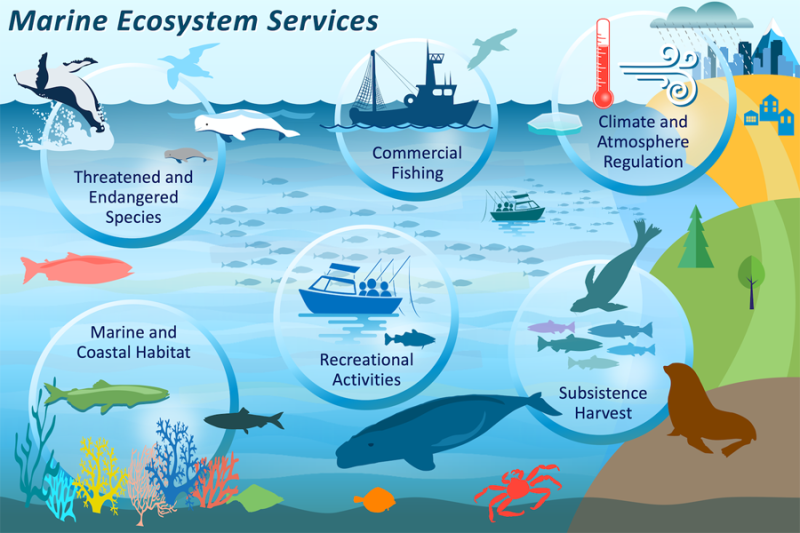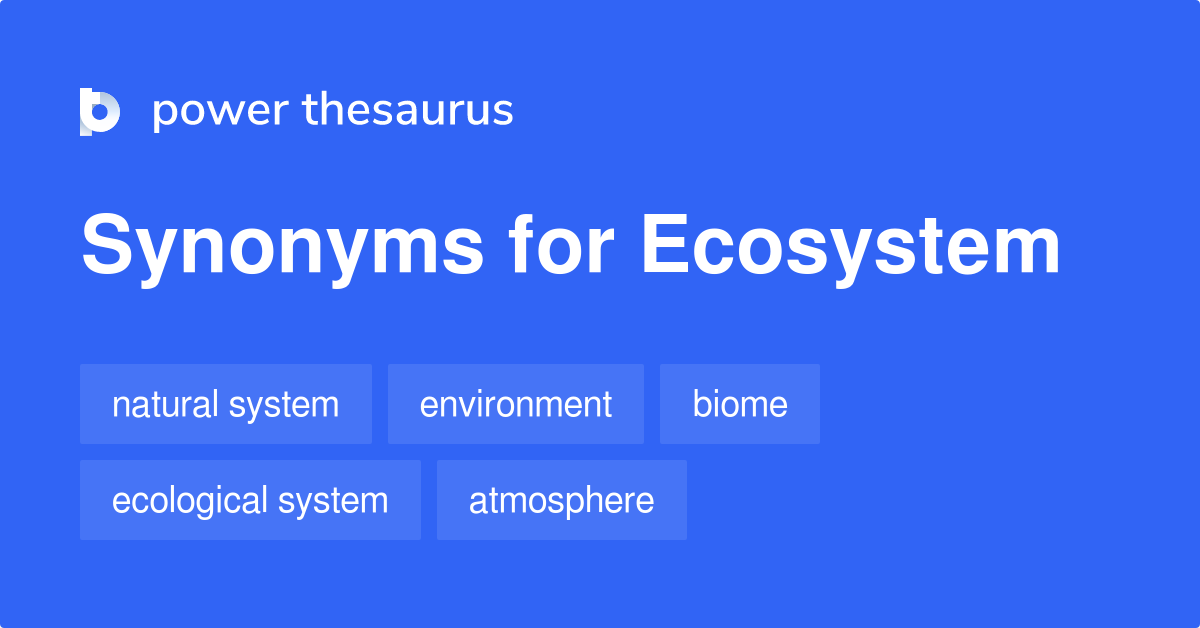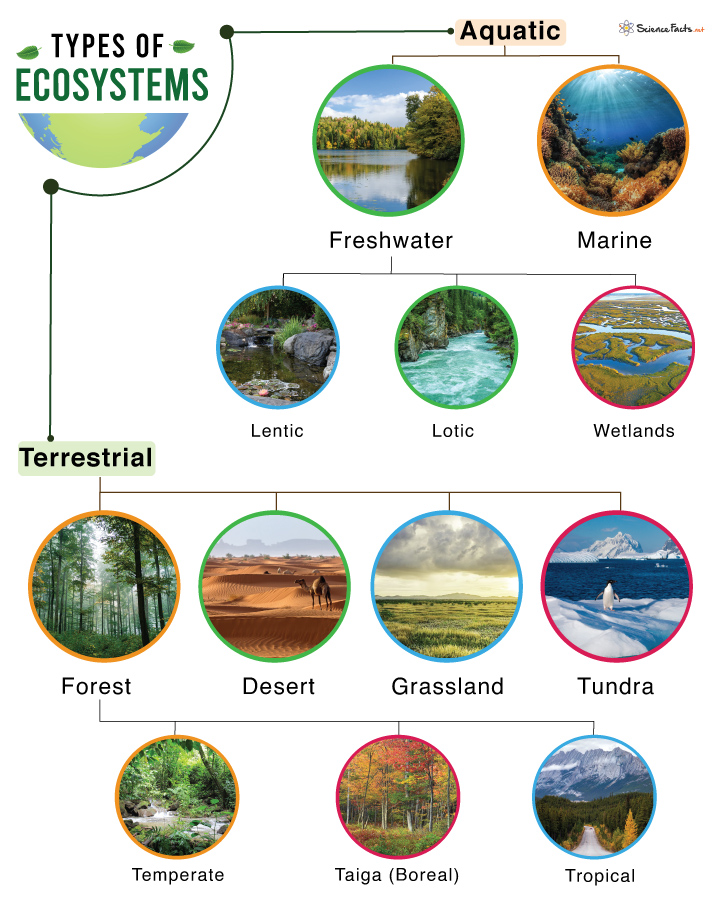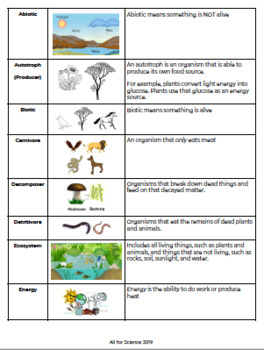Topic what effect does eutrophication have on aquatic ecosystems: Discover the transformative impact of eutrophication on aquatic ecosystems, where nutrient overload propels a cascade of changes beneath the water"s surface, reshaping life and landscapes in profound ways.
Table of Content
- What are the effects of eutrophication on aquatic ecosystems?
- Understanding Eutrophication and Its Causes
- Impact on Aquatic Life and Biodiversity
- Consequences for Water Quality and Clarity
- Effects on Human Health and Economic Activities
- Role of Agricultural Runoff and Industrial Discharge
- Strategies for Managing and Mitigating Eutrophication
- YOUTUBE: The Impact of Eutrophication on Ecosystems
What are the effects of eutrophication on aquatic ecosystems?
Eutrophication is the process in which an aquatic ecosystem becomes enriched with excess nutrients, particularly nitrogen and phosphorus. This enrichment can have several effects on the ecosystem:
- Algae Blooms: Excess nutrients promote rapid growth of algae, leading to the formation of algal blooms. These blooms can cover the surface of water bodies, reducing sunlight penetration and oxygen levels below the surface.
- Depletion of Oxygen: As algal blooms die off and sink to the bottom, they are decomposed by bacteria. This decomposition process consumes dissolved oxygen in the water, leading to decreased oxygen levels. This depletion of oxygen can suffocate aquatic organisms, resulting in fish kills and other wildlife mortality.
- Formation of Dead Zones: In highly eutrophic areas, oxygen levels can become so low that it creates dead zones, where little to no life can survive. These dead zones can devastate fish and other marine organisms, leading to significant ecological imbalances.
- Disruption of Food Chains: Eutrophication can alter the structure and functioning of aquatic food chains. Excessive algal growth can outcompete other plants, reducing biodiversity and affecting primary producers. This, in turn, can impact herbivores, carnivores, and ultimately higher trophic levels.
- Deterioration of Water Quality: Eutrophication can lead to a deterioration of water quality in terms of clarity, color, and odor. The excessive growth of algae and other aquatic plants can make the water appear green, brown, or murky, diminishing aesthetic and recreational values.
- Loss of Habitat: Eutrophication can also result in the loss of habitat for aquatic organisms. Dense algal blooms can smother and shade out other aquatic plants, reducing the availability of suitable habitats for fish, invertebrates, and other organisms that rely on these habitats for breeding, feeding, and shelter.
Overall, the effects of eutrophication on aquatic ecosystems are significant and can disrupt the balance of these delicate environments, causing harm to both the organisms that inhabit them and the ecological functions they provide.
READ MORE:
Understanding Eutrophication and Its Causes
Eutrophication is a process that significantly impacts aquatic ecosystems, resulting from the excessive enrichment of waters with nutrients, primarily nitrogen and phosphorus. This enrichment often stems from human activities, such as the runoff from fertilized agricultural land, sewage discharge, and the deposition of atmospheric nitrogen. While eutrophication can occur naturally over centuries, human actions have accelerated this process, posing a threat to water quality, aquatic life, and biodiversity.
- Agricultural Runoff: Agriculture contributes significantly to eutrophication, with fertilizers rich in nitrogen and phosphorus washing into water bodies and promoting the growth of algae and aquatic plants.
- Industrial Discharge: Industrial activities can release wastewater containing nutrients into water bodies, exacerbating nutrient levels and contributing to eutrophication.
- Urbanization: Urban and suburban areas contribute to nutrient runoff through sewage, lawn fertilizers, and other sources, leading to increased nutrient levels in nearby waters.
- Natural Processes: Natural processes, including the weathering of rocks and atmospheric deposition, can also contribute nutrients to aquatic ecosystems, albeit at a slower rate than human activities.
The consequences of eutrophication include the growth of harmful algal blooms, the creation of hypoxic zones (areas with low oxygen) that can lead to fish kills, and significant disruptions to aquatic ecosystems and biodiversity. Addressing eutrophication requires a comprehensive understanding of its causes and the implementation of strategies to reduce nutrient inputs into aquatic environments.
Impact on Aquatic Life and Biodiversity
Eutrophication has profound effects on aquatic life and biodiversity, altering habitats, affecting species distribution, and threatening the health of aquatic ecosystems. The nutrient enrichment leads to excessive growth of algae and aquatic plants, which can have several direct and indirect impacts on aquatic organisms and their environments.
- Algal Blooms: Excessive algae growth, or algal blooms, can block sunlight from reaching underwater plants, inhibiting their ability to perform photosynthesis. This reduction in available oxygen and sunlight can lead to the death of these plants, affecting species that rely on them for food and habitat.
- Oxygen Depletion: When algae die, their decomposition consumes oxygen from the water, leading to hypoxic conditions or "dead zones" where oxygen levels are too low to support most marine life. Fish, shellfish, and other aquatic animals may die or be forced to migrate, leading to significant disruptions in the ecosystem.
- Toxicity: Some algal blooms produce toxins that can be harmful or even lethal to aquatic life, birds, and mammals, including humans. These toxins can affect the nervous system, liver, and reproductive organs of exposed wildlife, leading to illness or death.
- Food Web Disruptions: Eutrophication can alter the composition and abundance of species in aquatic ecosystems, leading to imbalances in the food web. Predatory fish may decline due to a lack of oxygen or changes in the availability of prey, affecting commercial fisheries and the overall biodiversity of the area.
- Biodiversity Loss: Long-term eutrophication can lead to a loss of biodiversity as species unable to adapt to the changing conditions die off or leave the area. This loss of biodiversity can reduce the resilience of the ecosystem, making it more susceptible to other stressors.
Managing eutrophication and mitigating its impacts is crucial for protecting and preserving aquatic life and biodiversity. Efforts to reduce nutrient runoff, restore affected habitats, and monitor water quality are essential steps in addressing the challenges posed by eutrophication.
Consequences for Water Quality and Clarity
The phenomenon of eutrophication has significant consequences for water quality and clarity in aquatic ecosystems. The influx of excess nutrients, primarily nitrogen and phosphorus, leads to a series of changes that deteriorate water conditions, affecting not only the aesthetic and recreational value of water bodies but also their ecological balance and utility for human needs.
- Increased Algal Blooms: One of the most immediate effects of eutrophication is the proliferation of algal blooms. While some algae are natural and beneficial, excessive growth can lead to the formation of dense mats that cover the water"s surface, reducing clarity and altering its color.
- Reduction in Water Clarity: The dense algal blooms significantly reduce water clarity, limiting the penetration of sunlight into deeper water layers. This reduction in light availability can harm submerged vegetation, crucial for aquatic ecosystems" health and biodiversity.
- Decrease in Dissolved Oxygen: The decomposition of algae consumes large amounts of oxygen, leading to hypoxic conditions or dead zones where the oxygen level is too low to support aquatic life. This process can cause fish kills and affect the overall health of the ecosystem.
- Production of Harmful Toxins: Certain types of algae produce toxins that can be harmful to fish, wildlife, and humans. These toxins can contaminate drinking water sources and pose health risks to those who come into contact with or consume the affected water.
- Changes in Water Chemistry: Eutrophication can lead to changes in water chemistry, including increased acidity and shifts in the balance of nutrients and minerals. These changes can further stress aquatic life and lead to long-term alterations in the composition of the ecosystem.
Addressing the consequences of eutrophication on water quality and clarity requires comprehensive management strategies that include reducing nutrient runoff, restoring affected habitats, and promoting practices that minimize the impact of human activities on aquatic ecosystems.

Effects on Human Health and Economic Activities
Eutrophication poses significant challenges not only to ecosystems but also to human health and economic activities. The degradation of water quality and the aquatic environment can have far-reaching impacts, affecting communities, industries, and economies that rely on these water bodies.
- Impact on Drinking Water: Algal blooms, especially those producing toxic substances, can contaminate drinking water sources. Treating water to remove toxins can be costly and complex, posing a risk to public health and increasing the financial burden on communities and water utilities.
- Recreational and Tourism Decline: Water bodies affected by eutrophication may experience a decline in recreational use and tourism. Algal blooms can produce unpleasant odors and make water unsafe for swimming, boating, and fishing, leading to economic losses for local businesses and communities that depend on tourism.
- Commercial Fishing and Aquaculture: Eutrophication can severely impact commercial fishing and aquaculture by reducing fish populations and contaminating water with toxins, leading to economic losses. The decline in fish stocks affects not only the direct industry but also related sectors such as processing and retail.
- Health Risks: Exposure to toxic algae can cause a range of health issues in humans, from skin rashes and gastrointestinal symptoms to more severe neurological problems. Public health advisories and closures of water bodies can disrupt local economies and necessitate medical treatment and monitoring.
- Property Value Decrease: Waterfront properties adjacent to eutrophic water bodies may see a decrease in value due to reduced water quality and recreational opportunities. This can impact local property tax revenues and individual investments.
Addressing the effects of eutrophication on human health and economic activities requires integrated management approaches that include reducing nutrient runoff, improving wastewater treatment, and promoting sustainable agricultural practices. Collaboration among stakeholders—government agencies, industries, communities, and environmental organizations—is essential to mitigate these impacts and protect public health and economic interests.
Role of Agricultural Runoff and Industrial Discharge
The role of agricultural runoff and industrial discharge in contributing to eutrophication is significant and multifaceted. These sources are among the primary contributors of excess nutrients in aquatic ecosystems, leading to the accelerated growth of algae and aquatic plants which disrupts the natural balance and health of these environments.
- Agricultural Runoff: Modern agricultural practices often involve the use of fertilizers that are rich in nitrogen and phosphorus. When rain falls, these nutrients can be washed from the soil into streams, rivers, and ultimately, estuaries and oceans. This runoff is a major source of nutrient pollution in water bodies, fueling eutrophication and its associated problems.
- Industrial Discharge: Industrial activities, including manufacturing and processing plants, can discharge wastewater that contains a variety of pollutants, including high levels of nutrients. Without adequate treatment, this effluent enters local waterways, contributing further to the nutrient load and exacerbating eutrophication.
- Management Strategies: Addressing the impacts of agricultural runoff and industrial discharge requires comprehensive management strategies. These include implementing best management practices (BMPs) in agriculture to minimize nutrient runoff, improving wastewater treatment technologies, and adopting regulations that limit nutrient discharges into water bodies.
- Collaborative Efforts: Successfully mitigating the effects of these nutrient sources on aquatic ecosystems demands collaboration among farmers, industries, policymakers, and environmental groups. By working together, it is possible to develop and implement solutions that reduce the input of harmful nutrients and protect water quality.
The challenge of controlling nutrient pollution from agricultural runoff and industrial discharge is complex, but with targeted actions and collaborative efforts, significant progress can be made in reducing the impact of these activities on aquatic ecosystems and the broader environment.
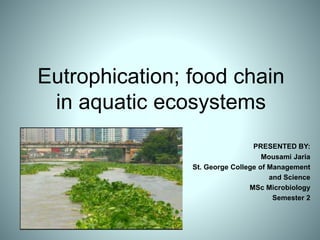
Strategies for Managing and Mitigating Eutrophication
Managing and mitigating eutrophication involves a multi-faceted approach aimed at reducing the input of excess nutrients into aquatic ecosystems and restoring the natural balance of these environments. Effective strategies require the collaboration of governments, industries, communities, and individuals to implement sustainable practices that address the root causes of eutrophication.
- Reducing Agricultural Runoff: Implementing best management practices (BMPs) in agriculture, such as precision farming, cover cropping, and the use of slow-release fertilizers, can significantly reduce the amount of nutrients washing into water bodies.
- Improving Wastewater Treatment: Upgrading wastewater treatment facilities to remove more nitrogen and phosphorus before the water is released into rivers and lakes can help reduce nutrient loads. Advanced treatment processes, including biological nutrient removal (BNR), are effective at achieving this goal.
- Restoring Wetlands: Wetlands act as natural filters, trapping sediments and nutrients before they reach open water. Restoring and protecting wetland areas can enhance their capacity to mitigate nutrient pollution and support biodiversity.
- Regulating Industrial Discharges: Enforcing stricter regulations on industrial discharges to ensure that effluents are adequately treated for nutrient removal before being released into the environment can prevent the exacerbation of eutrophication.
- Public Education and Involvement: Raising public awareness about the causes and consequences of eutrophication, and engaging communities in conservation efforts, can lead to more sustainable practices at the individual and collective levels.
- Monitoring and Research: Continuous monitoring of water quality and ongoing research into the mechanisms and impacts of eutrophication are essential for adapting management strategies to changing conditions and emerging challenges.
By integrating these strategies, it is possible to make significant progress in managing and mitigating the effects of eutrophication, ensuring the health and sustainability of aquatic ecosystems for future generations.
Discover the pivotal role of eutrophication in shaping aquatic ecosystems and the innovative strategies to mitigate its impacts, ensuring vibrant, healthy waters for future generations. Join us in exploring solutions to this pressing environmental challenge.
The Impact of Eutrophication on Ecosystems
Discover the fascinating world of eutrophication in this eye-opening video that sheds light on the process of excessive nutrient pollution and its impact on aquatic ecosystems. Gain a deeper understanding of this environmental issue and the crucial steps needed to address and prevent it!
READ MORE:
Understanding Eutrophication
Expand your knowledge and deepen your understanding of complex concepts through this thought-provoking video. Unlock the secrets behind the intricate web of knowledge and explore different strategies to enhance your understanding skills. Join us on this enlightening journey towards greater comprehension and intellectual growth!




